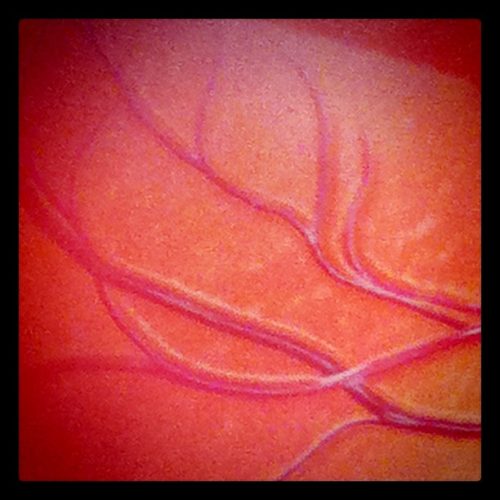Wound healing and tissue repair often require the growth of new tissue. However, the main issue with current methods of tissue engineering is developing an adequate vasculature network to support it. Newly created tissues require the growth of a robust network of blood vessels, which in turn require a variety of cytokines, chemokines, and growth factors—proteins which conduct the necessary cell-cell communications required for successful wound repair.
While procedures exist to provide these proteins, they are frequently limited by pharmacogenetics and cost-effectiveness. For example, while hydrogel nanoparticles loaded with the appropriate factors appear to support angiogenesis—the growth of new blood vessels—the process is inefficient and requires constant perfusion of recombinant proteins. Yang Xiao, a graduate research student in the Fan Lab at Yale, set out to find more sustained releasers of these pro-angiogenic factors.
She realized that a coculture—a culture of multiple cells—of tissues with stromal cells and fibroblasts provided an alternative method of introducing these growth factors. These cells would release the desired proteins directly into the vicinity of the growing blood vessel. However, this coculture proved too slow to support large-scale micro-vascularization, leading to tissues that died days after implantation. In addition, stromal cells tended to proliferate uncontrollably. Thus, Xiao began to examine the possibility of introducing senescent stromal cells in the tissue culture.
Cellular senescence occurs naturally in aging cells due to the breakdown of the cell. Some research has shown that senescent cells contribute to tumor progression. However, in tumors, senescence helps to combat the growth of malignant and over-proliferating cells. “Senescence is actually a protective system for the cells. When cells are under stress, they…don’t carry [that] damaged DNA to the next generation; they will stay in the senescent state…The cells do not divide anymore,” Xiao said. She elaborated that the paper linking senescence to tumor progression was based on two-week long observations in mice, which is too short to observe potential cancerous development. Also, it is yet unknown how senescent cells manage to secrete elevated levels of proteins. “Literature examines that a lot of the pathways are altered, but we don’t know the exact mechanism of why they are secreting high levels…of growth factors,” Xiao said.
This discovery may also impact current diabetes research. One of the main obstacles for pancreas implantation is the unsuccessful vascularization of islets. Many islets die soon after implantation due to the lack of nutrients and the accumulation of waste that result from a weak vasculature system. “We are hoping that the next level of research will successfully vascularize the islets in vitro and then elongate the viability of islets and also performing more functional tasks of the ex vivo islets… eventually, it should be used for implants,” Xiao said. Considering this and other applications of senescent and fibroblast coculture, these new discoveries have the potential to make a significant impact in future models of tissue engineering and wound healing.

